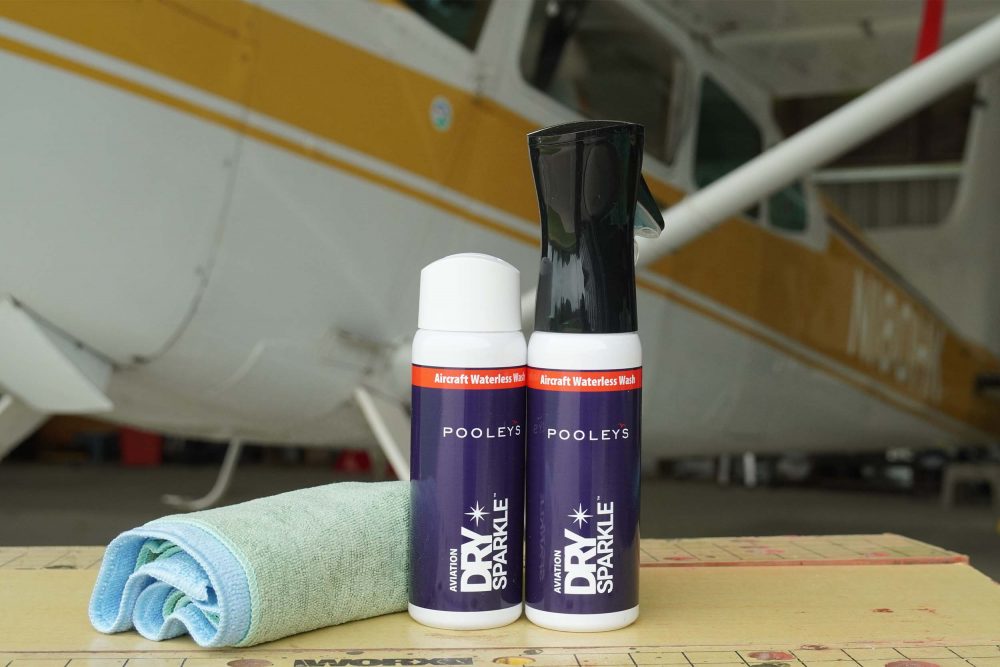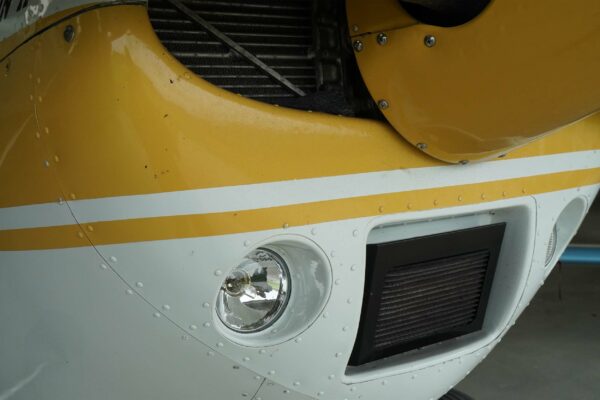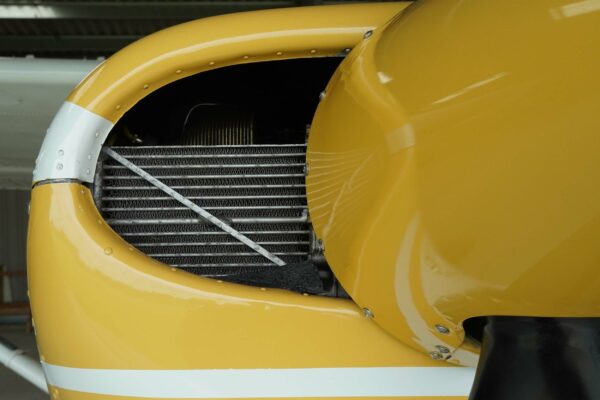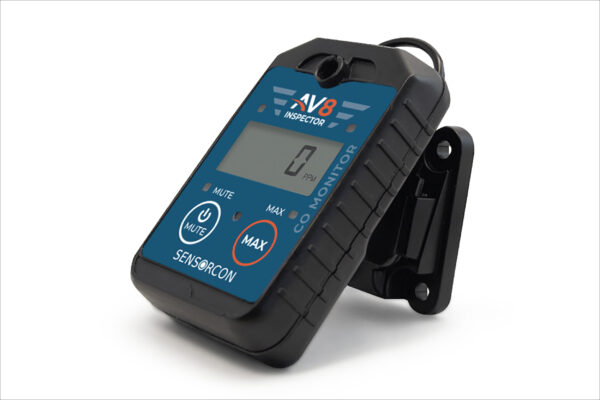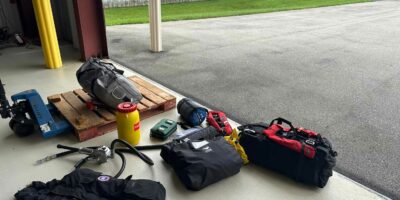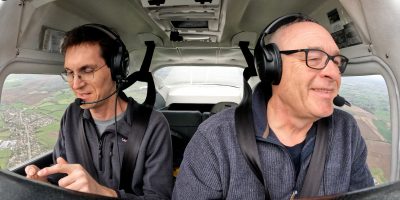It’s not that I don’t like cleaning aeroplanes, it’s just that it often ends up with cold water running down my arms when washing the underside of the wings or belly, and on colder days and at a strip with no easily available hot water, that falls quite short of the criteria for fun.
Pooleys has recently joined forces with a cleaning company to produce something called Pooley’s Aviation Dry Sparkle, a product that claims to deliver a waterless (and almost effortless) wash. So with the temperature a very pleasant 20°C, I headed to the aeroplane to give it a try.
Pooley’s is selling Aviation Dry Sparkle in two kits, a starter kit which at £24 comprises two microfibre cloths, one 300ml bottles of cleaner with a fine mist trigger diffuser and a 300ml refill, and a pure refill kit for £31.99 which comprises four 300ml refill bottles.
The blurb on the bottle says that it’s biodegradable and non-hazardous, and that it’s suitable for use on ‘aircraft, glass, plastics and many other surfaces’.
Other suggestions include to clean one area at a time, and to do so by misting some of the cleaner onto a microfibre cloth as well as a light misting on the surface to be cleaned…
Folding one of the microfibre cloths in four, I give it a quick spray and do the same with the nose bowl on the C180.
My first impression is that one or two trigger pulls go a long way. There’s a claim on the (300ml) bottle that it will clean about three aircraft if used lightly. I scoffed at this marketing line, but now I think it could well be right, assuming it’s used sparingly and maybe not on something the size of a C180. I apologise for not cleaning the entire aircraft three times to check…


